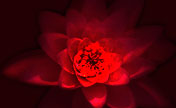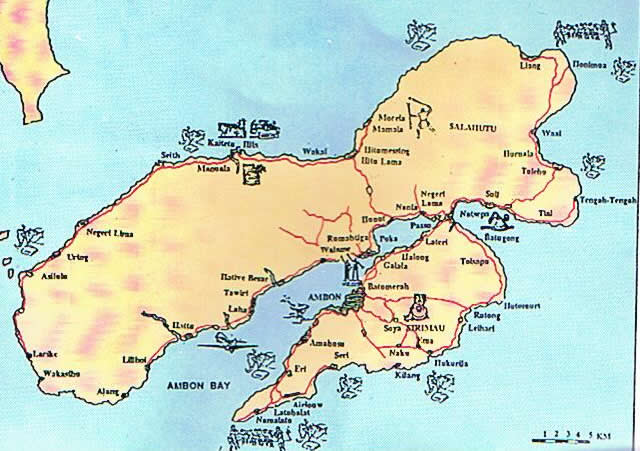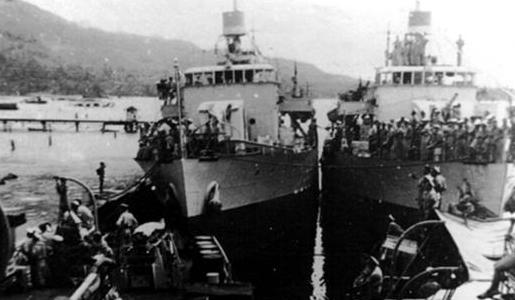|
 |
|
Battalion HistoryThe 2/21st. Battalion was formed at Trawool, near Seymor in central Victoria in August 1940. Their commanding officer was Lt Col. L.N.Roach. Men who had volunteered to join the A.I.F. at various depots in the Melbourne suburbs, country towns and in particular Shepparton, were transfered to Trawool to eventually become known as the 2/21st Battalion A.I.F. The 2/21st Battalion was camped on the Shepparton side of the Goulburn River and due to the large number of men volunteering for active duty in the Middle East, there was an accute shortage of equipment that could be used for training. Through a programme of frequent route marches, hill climbing exercises and digging slit trenches the battalion became very fit. Southern command ordered that all 8th Division units be transfered to a new camp at Bongilla near Albury. The 2/21st. and 22nd. battalions left the Trawool camp on 23rd. September 1940 to march, with overnight bivouacs, a distance of 146 miles over the next 11 days. They were met by the 2/23rd battalion from Albury (known as Albury's own) on 4th October 1940. The men's full scale training began and clothing and equipment slowly began to improve although the lack of equipment delayed the process. Other units passed through the camp on their way to active duty and this caused the men to feel restless as they felt that they were being left out. On 23rd March 1941 the whole battalion left Bongilla camp to begin the long journey across the centre of Australia to Darwin. Camp was made in Winnellie where they trained until, on 9th December 1941, they were notified to prepare for embarkation overseas, later to be told their destination was Ambon. Gull Force was formed with the following attachments joining the battalion: C Troop 18th Anti-tank battery, 3 sections of the Field Coy, 1 section of the Australian Army Service Corps, 2/12th Field Ambulance Detachment, 23rd Special Dental Unit, and 104 Light Aid Detachment. The additional troops added less than 200 to Gull Force bringing the total strength to 1131. A convoy of three vessels - SS Both, SS Valentyn and SS Patras were escorted by cruiser HMAS Adelaide and corvette HMAS Ballarat the 650 miles to Ambon. AMBON Gull Force was sent to Ambon to defend the strategic island's harbour and air strip. When an overwhelmingly larger Japanese force of approximately 20.000, landed on the Island in January 1942 Gull Force numbered 1131 men, most of them Victorians. They were split into two groups: 292 were sent to defend the air strip at Laha on the western side of the magnificent bay that almost splits Ambon in half. 47 men were killed in action, 11 escaped, 5 managed to join the rest of the force on the other side of the Island, and 229 were massacred after surrendering. During the conflict on the other side of the Island, 7 members of Gull Force were killed in action, 804 became Prisoners of War. Of that number 267 were subsequently taken to the Chinese Island of Hainan, where 86 died as prisoners. Of the 528 men who stayed on Ambon only 119 survived, the rest died of starvation, overwork, disease and brutality. HAINAN October 25th 1942 the Taiko Maru was used to transport 267 Australian and Dutch prisoners through the South China Sea to Hainan Island, a small (approx 160miles long) island 15 miles south of the Luichow Peninsula off mainland China. The ship anchored at Bakli Bay on the southern end of the island on 5th November 1942. The men were to find the Hashio prison camp set in desolate, desert like terrain. During their imprisonment the men had to endure harsh treatment, less than adequate rations, inadequate basic medical supplies and brutal treatment at the hands of the Japanese guards. It seemed to all that the plan was to eliminate the prisoners by a combination of overwork, ill treatment and starvation. On August 30th 1945 prisoners were officially told that they were finally free. American soldiers had parachuted on to the island bringing food, medicines, drugs and some clothing and also the news as to how the war had ended with the dropping of the atomic bomb. All the men capable of travel were sent to Samah, 110 miles from Bakli Bay, by train where Scott and a party of 30 Australians and 30 Dutch left for Hong Kong aboard HMS Queensborough. Macrae and the rest of the men were taken to Hong Kong aboard HMS Glenearn. Major Macrae and his men joined the advance party on HMS Vindex and sailed for Australia - arriving in Sydney on October 3rd. Some of the infirmed men were brought to Australia aboard the hospital ship Jerusalemme. Surviving Gull Force P.O.W's on Ambon were told of the end of the war and given their freedom on 10th September 1945. Four corvettes, The Junee, Glenelg, Cootamundra and Latrobe were sent to Ambon to rescue the remaining men and they were taken to Morotai to recuperate before returning to Australia.
Gull Force Statistical Summary Killed in Action (estimated) ........................ 54 Massacred at Laha ................................... 229 Executed in POW camps ........................... 17 Killed in bombings ................................... 13 Killed in Chinese ambush on Hainan .......... 9 Died as prisoners on Ambon ...................... 378 Died as prisoners on Hainan ..................... 66 Missing on Hainan ................................... 10 Died after liberation ................................. 3 TOTAL DEATHS ...... 779 Repatriated to Australia from Hainan ......... 181 Repatriated to Australia from Ambon .......... 119 Total escapes from Ambon ....................... 52 ORIGINAL STRENGTH OF GULL FORCE ... 1131
Photo taken from the conning tower of HMAS Junee. Main wharf Ambon September 1945. |
|||||||||||||||||

